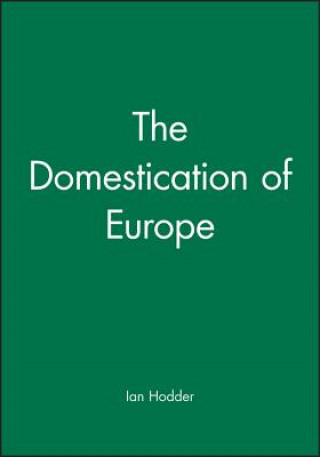
Code: 04897668
Domestication of Europe
by Ian Hodder
The Neolithic saw the spread of the first farmers, and the formation of settled villages throughout Europe. Traditional archaeology has interpreted these changes in terms of population growth, economic pressures and social competi ... more
- Language:
 English
English - Binding: Paperback
- Number of pages: 344
Publisher: John Wiley and Sons Ltd, 1990
- More about this

You might also like
-

Hiding from Reality
17.58 € -13 % -

Sharing the Dance
28.36 € -

Puffin Rock: Goodnight Beautiful Moon
8.33 € -28 % -

In the Garden of Beasts
16.46 € -22 % -

The Battle of Mogadishu: Firsthand Accounts from the Men of Task Force Ranger
15.34 € -20 % -
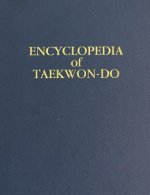
Volume 16 (Encyclopedia of Taekwon-Do): Supplemental Volume to the Encyclopedia of Taekwon-Do
36.19 € -2 % -

The Light Seer's Tarot: A 78-Card Deck & Guidebook
23.99 € -8 %
Give this book as a present today
- Order book and choose Gift Order.
- We will send you book gift voucher at once. You can give it out to anyone.
- Book will be send to donee, nothing more to care about.
More about Domestication of Europe
You get 158 loyalty points
 Book synopsis
Book synopsis
The Neolithic saw the spread of the first farmers, and the formation of settled villages throughout Europe. Traditional archaeology has interpreted these changes in terms of population growth, economic pressures and social competition, but in The Domestication of Europe Ian Hodder works from a new, controversial theory focusing instead on the enormous expansion of symbolic evidence from the homes, settlements and burials of the period. Why do the figurines, decorated pottery, elaborate houses and burial rituals appear and what is their significance? The author argues that the symbolism of the Neolithic must be interpreted if we are to understand adequately the associated social and economic changes. He suggests that both in Europe and the Near East a particular set of concepts was central to the origins of farming and a settled mode of life. These concepts relate to the house and home - termed `domus' - and they provided a metaphor and a mechanism for social and economic transformation. As the wild was brought in and domesticated through ideas and practices surrounding the domus, people were brought in and settled into the social and economic group of the village. Over the following millennia cultural practices relating to the domus continued to change and develop, until finally overtaken by a new set of concepts which became socially central, based on the warrior, the hunter and the wild. This book is an exercise in interpretive prehistory. Ian Hodder shows how a contextual reading of the evidence can allow symbolic structures to be cautiously but plausibly identified, and sets out his arguments for complex dialectical relationships between long-term symbolic structures and economic causes of cultural change.
 Book details
Book details
Book category Books in English Humanities Archaeology Archaeology by period / region
63.65 €
- Full title: Domestication of Europe
- Author: Ian Hodder
- Language:
 English
English - Binding: Paperback
- Number of pages: 344
- EAN: 9780631177692
- ISBN: 0631177698
- ID: 04897668
- Publisher: John Wiley and Sons Ltd
- Weight: 544 g
- Dimensions: 230 × 153 × 21 mm
- Date of publishing: 08. November 1990
Trending among others
-
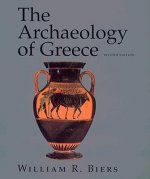
Archaeology of Greece
35.68 € -9 % -
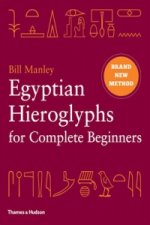
Egyptian Hieroglyphs for Complete Beginners
16.46 € -11 % -
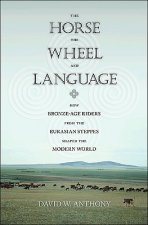
Horse, the Wheel, and Language
29.38 € -17 % -
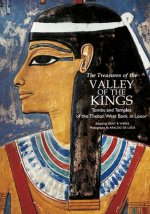
Treasures of the Valley of the Kings
33.24 € -7 % -
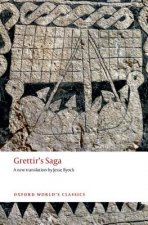
Grettir's Saga
15.04 € -28 % -

Horse in Human History
33.14 € -18 % -

Across Atlantic Ice
42.90 € -
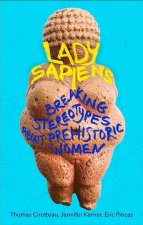
Lady Sapiens
17.18 € -8 % -

Ice Age Peoples of North America
97 € -
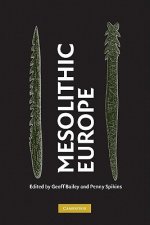
Mesolithic Europe
134.62 € -

American Beginnings
81.24 € -
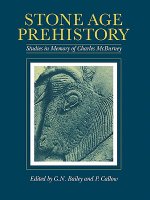
Stone Age Prehistory
46.26 € -

Lost Technologies of Ancient Egypt
22.16 € -15 % -
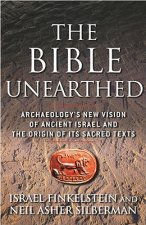
Bible Unearthed
21.85 € -

War before Civilization
26.12 € -

Petra
8.33 € -28 % -

Magicians of the Gods
14.94 € -13 % -

Seismosaurus
102.49 € -
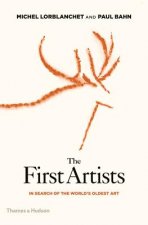
First Artists
20.33 € -28 % -

Biblical Archaeology: A Very Short Introduction
9.34 € -28 % -
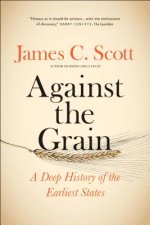
Against the Grain
20.02 € -13 % -
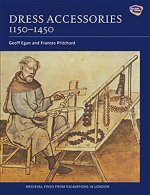
Dress Accessories, c. 1150- c. 1450
33.95 € -19 % -

Complete Pompeii
20.43 € -28 % -

Cat in Ancient Egypt
11.38 € -28 % -
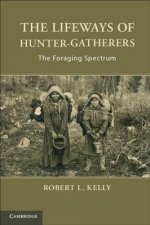
Lifeways of Hunter-Gatherers
34.46 € -15 % -

Divine Creatures
21.75 € -16 % -
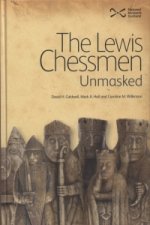
Lewis Chessmen: Unmasked
9.96 € -14 % -

Omm Sety's Abydos
18.80 € -2 % -

Houses and Monuments of Pompeii - The Work of Fausto and Felice Niccolini
80.42 € -10 % -

Ancient Nubia
61.10 € -18 % -
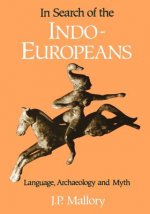
In Search of the Indo-Europeans
29.99 € -16 % -

Book of Enoch
29.07 € -19 % -
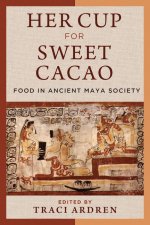
Her Cup for Sweet Cacao
67.51 € -9 % -
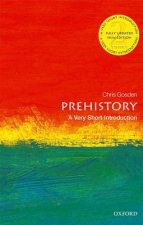
Prehistory: A Very Short Introduction
11.48 € -12 % -

Salt in Prehistoric Europe
33.75 € -9 % -

Prehistoric Rock Art
33.95 € -14 % -

Medieval Household
52.26 € -13 % -

Complete Cities of Ancient Egypt
28.87 € -18 % -
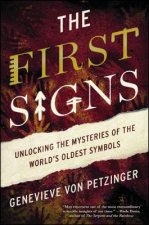
First Signs
12.40 € -28 % -
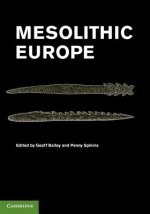
Mesolithic Europe
70.15 € -
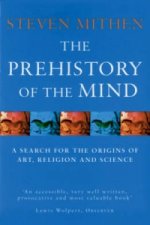
Prehistory Of The Mind
15.34 € -28 % -
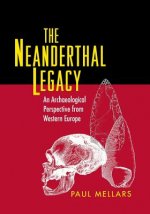
Neanderthal Legacy
52.87 € -
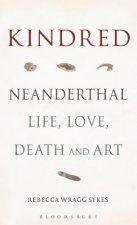
Kindred
20.43 € -30 % -
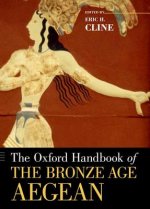
Oxford Handbook of the Bronze Age Aegean
77.48 € -

Aegean Art and Architecture
22.36 € -28 % -
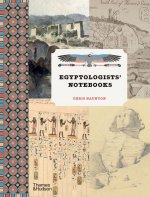
Egyptologists' Notebooks
34.97 € -22 % -
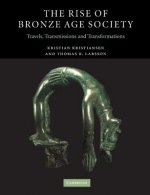
Rise of Bronze Age Society
81.04 € -
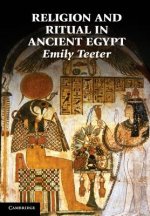
Religion and Ritual in Ancient Egypt
29.17 € -18 % -

Fossil Hunter
15.95 € -24 %
Collection points Bratislava a 2642 dalších
Copyright ©2008-24 najlacnejsie-knihy.sk All rights reservedPrivacyCookies



 15549 collection points
15549 collection points Delivery 2.99 €
Delivery 2.99 € 02/210 210 99 (8-15.30h)
02/210 210 99 (8-15.30h)